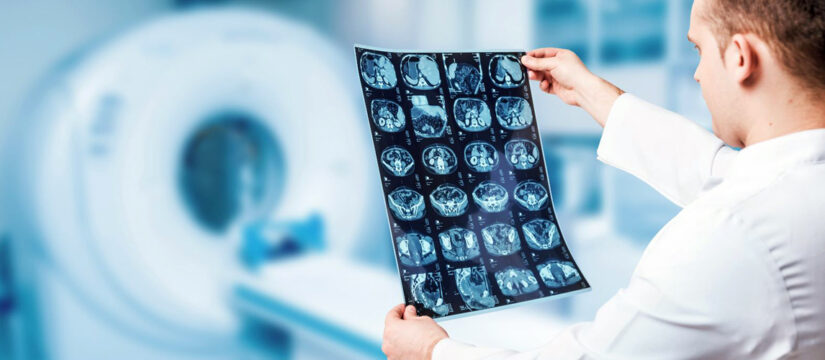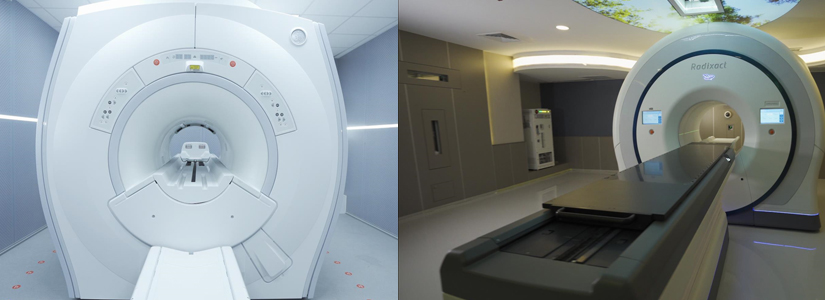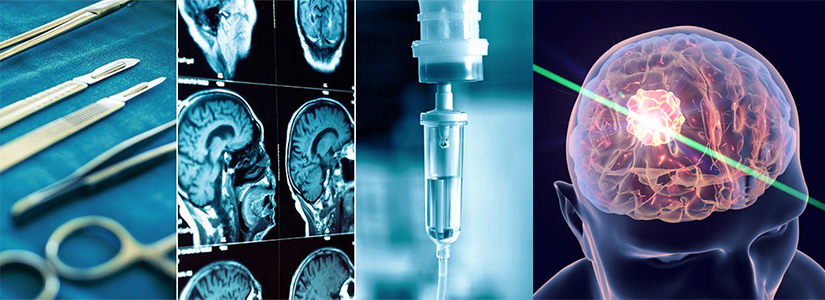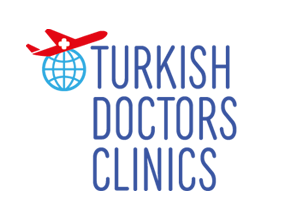Diagnostic radiology is a medical specialty that involves undertaking a series of imaging procedures to obtain images of the inside of the body. The diagnostic radiologist then carefully interprets these images to diagnose disease and injuries.
” It is impossible to recognize without seeing. It is important to clarify the problem..”
Radiology consists of two main parts.
1. Diagnostic Radiology
Diagnostic radiology is a subunit used to detect symptoms of disease or to check the response of medication to treatment. The most commonly used diagnostic radiology tests are:
- . Magnetic resonance imaging (MRI) and magnetic resonance angiography (MRA)
- Computed tomography (CT), including CT angiography
- Upper gastrointestinal tract and fluoroscopy,
- Nuclear medicine examinations including tests such as thallium cardiac stress test, thyroid scan and bone scan,
- PET imaging and PET scanning, also known as position emission tomography,
- Mammography
- Ultrasound
- X-ray
2. Treatment and Interventional Radiology (Radiotherapy)
Therapeutic and interventional radiology is defined as the system that provides image guidance for minimally invasive procedures in the treatment of diseases that do not require open surgery. It helps guide medical procedures with imaging methods such as ultrasound, MRI, fluoroscopy and CT. Therapeutic and interventional radiology generally has an active role in the treatment of diseases such as blockages in arteries and veins, back pains, kidney and liver problems, cancer, tumors and uterine fibroids. Such treatments are less risky, less painful and shorten recovery time compared to traditional operations. Examples of Therapeutic and Interventional Radiology procedures:
- Embolization used to control bleeding,
- Vascular imaging (angiography),
- Vascular expansion (angioplasty),
- Chemoembolization,
- Y-90 radioembolization,
- Tumor ablation treatments,
- Waist and spine bone fracture treatments,
- Breast biopsy,
- Needle biopsies,
- Treatment of blockage in the uterine artery
- Venous access catheter placement such as peak catheter (PICC)
- Feeding tube placement.
There are some methods used in radiology for diagnosis and treatment planning. The main purpose of these methods is to obtain results that will help in the process of making the correct diagnosis of the disease. Imaging methods used in radiology are:
– Imaging Methods Using Radiofrequency Waves and Magnetic Field
Magnetic Resonance Imaging (MRI): It is an imaging method that uses a strong radiofrequency wave and magnetic field to create cross-sectional images of vessels, bones, tissues and organs. It is frequently preferred in fields such as neurology, gynecology, heart diseases, physical therapy and orthopedics.
Ultrasound: It is the method in which sound waves are used between radiology and imaging methods. This method is used in examinations in many areas such as the activities of the urinary system, gynecological examinations, and intra-abdominal organs. This examination method does not cause any harm to patient health.
– Imaging Methods Using X-Ray
X-ray: It is a method of imaging body structures, especially bones, using x-rays (X-rays).
Panoramic x-ray: It is a radiology method preferred for the field of dental and oral diseases, in which the inside of the mouth is fully visualized. It is an imaging method that is frequently needed by many doctors to enable planning before treatment.
Mammography: It is the process of imaging the breast compressed between two layers using x-rays.
Tomosynthesis Mammography: It is a method of examining the breast in 3 dimensions with x-rays. It is known as the frequently preferred radiology method, especially for the early diagnosis of breast cancer. During this method, the person’s vascular access is opened and an iodine substance is injected. Since it offers clear imaging technology, the location of examination lesions can be clearly determined. Thus, the diagnosis and treatment process becomes easier.
Bone Densitometry: It is a radiology method in which loss of bone density and fragility rates of bones are evaluated by measuring the mineral density in the bones. With the help of this test, osteoporosis (bone loss) can be precisely detected at an early stage. The test is performed using x-rays.
Fluoroscopy – Radioscopy: It is a method of taking real-time images of patients. Contrast material is administered to body structures such as the mouth, veins, rectal and vaginal tracts that cannot be seen on normal radiographs, and they are stained and made visible. Then, the test is performed using x-rays. Procedures such as stents for drainage catheters, narrowed vessels or imaging of the gastrointestinal system are performed with this method.
Computed Tomography: It is an imaging method in which a cross-sectional image of the examined body part is created with the help of x-rays. X-ray images taken from different angles are combined with a computerized tomography device and cross-sectional images of areas such as bones, vessels and soft tissue are created. Computed tomography (CT) provides important results regarding the shape and location of soft tissues and bones. It has an important place especially in oncological cases, examination of cancer spread and planning of the treatment process, diagnosis of heart diseases and neurological diseases.
What Diseases Does Radiology Treat?
- In the diagnosis of bone and lung diseases,
- In injuries and emergency medicine,
- In breast diseases,
- Diagnosis and treatment of cardiovascular diseases,
- In pregnancy follow-up,
- In the diagnosis of soft tissue and skeletal system diseases,
- Nervous system checks such as spine, spinal cord, brain, head, neck, waist, neuroradiology,
- In imaging of abdomen, abdomen, breast and soft tissue lesions,
- It is used in the examination of gynecological and pediatric diseases.






4 Comments
Ava Nguyen
right
Ava Nguyen
Consectetur adipisicing elit sed do eiusmod tempor incididunt ut labore et dolore magna aliquaenim admei minimiamaci quis nostrud exercitation ullamco laboris nisi ut aliquip.
Sarah Chapman
Sed quia consequuntur magni dolores eos qui ratione voluptatem sequi nesciunt. Neque porro quisquam est, qui dolorem ipsum quia dolor sit amet, consectetur, adipisci velit, sed quia non numquam eius modi quaerat voluptatem.
Ava Nguyen
Consectetur adipisicing elit sed do eiusmod tempor incididunt ut labore et dolore magnaism aliquaenim admei minimiamaci quis nostrud exercitation ullamco.